FROM RETRO REAL ESTATE TO ADAPTIVE REUSE
By Angie Kay Dilmore
The old Gordon’s Drugstore is now Pujo St. Cafe. The original American Press newspaper offices are now the Children’s Museum. The 1912 Central School now houses the Arts and Humanities Council of Southwest Louisiana and several arts organizations.
“Here in Lake Charles, we have a history of reusing buildings,” says Adley Cormier, preservation advocate for the Calcasieu Historical Preservation Society.
Re-purposing old buildings, or adaptive reuse, as it is known in preservation circles, benefits a community on several levels: social, economic and environmental. This is the first of a series of articles that will explore the benefits of adaptive reuse in southwest Louisiana.
Champions For The Cause
Rick Richard has a bird’s-eye view onto Ryan and Kirby Streets from his comfortable corner office in the Phoenix Building. The wall-to wall windows allow him to look out at the Courthouse and the 1911 Historic City Hall — the intersection he calls “the town square.” If not for preservation efforts and adaptive reuse, “Old City Hall” might not be the arts and cultural center it is today.
Richard and his wife, Donna, were high school sweethearts, and have been married for 41 years. They traveled around the country, living in 10 different cities over the years. They love history, and chose to live in older homes wherever they went.
“There’s something special about an old building,” says Richard. “It’s a place where people once thrived. You can sense the history, and a warm feeling of the past.”
The Richards returned to Lake Charles in 2005 to “retire,” but in reality, they’re both still hard at work. These business partners have a passion for the past, and have resolved to preserve what they can of Lake Charles’ historic downtown.
As teenagers, they both worked at the Pitt Theater, which was torn down around the turn of the 21st century. Downtown Lake Charles is special to them and they lament many of the early buildings, such as the Majestic Hotel, the Weber Building and the Paramount Theatre, that are no longer there. This prompted the pair to become interested in historic preservation, and in the National Register of Historic Places.

“I saw something different,” he says.
Today, the Calcasieu Marine Bank is an elegant event center, perfectly suited to wedding receptions, cultural and political events, and fundraisers. The original bank vault is used as a bar, or private room for small parties. Business offices occupy the upper floors. A courtyard beside the building, where the Arcade Theater once stood, accommodates receptions, musical events and festivals. A warehouse, attached to the back of the building, houses Botsky’s Premium Hot Dogs and the Pops and Rockets pop lab. Plans are in the works for a brewpub that opens onto the courtyard.
According to Cormier, the Cash and Carry Building, built in the 1930s, was the mid-20th century’s version of Sam’s Club. Local businesses bought wholesale goods at the facility. It closed up shop in 1992, and was slated for demolition.

Richard’s two venues accommodate a wide range of needs, be it black tie or casual. “We have the formality of the bank, and the boot-scootin’ place,” says Richard.
This Place Matters
Donna Richard is currently in the early stages of restoring a third property — the Noble Building, at 324 Pujo St. She purchased the vintage 1919 building from the Noble family, touted as being responsible for drilling the first oil well in Louisiana. Richard’s plans for the building, now on the National Register, include a restaurant on the first floor, and loft apartments upstairs. She found a sign in one of the front windows that says “This Old Place Matters.”
Preserving The Bones
“Keeping some of the original features of an old building helps people connect with the history of a structure,” says Cormier. “If you start making too many changes to the original fabric of a building, you begin to lose its connection to history.”

During the restoration process, Richard preserved as much of the original structure as possible, and left the bricks and beams exposed. “You can still see the bones of the building,” says Cormier.
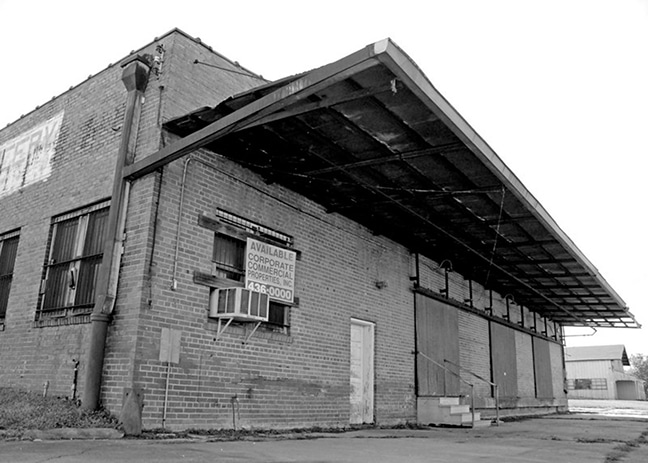
“On the ground floor, you can still see the moving staircase, and the show windows, which reflect back to when it was a department store,” says Cormier. “To the passerby, Muller’s still looks like Muller’s. You can identify with it, connect with it, and see some essential pieces.”
Today, loft apartments occupy the upper floors, and retail businesses, such as Vallier at Home, are moving into the first floor.
A Sense Of Pride And Place
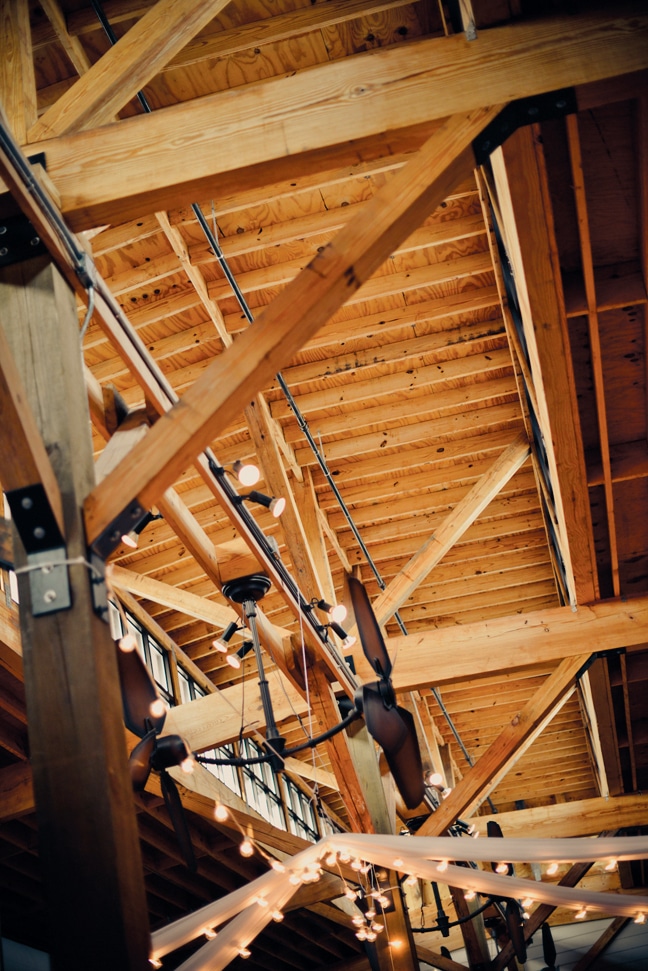
When a city cares about its past and strives to foster a sense of place, people who once left southwest Louisiana are encouraged to return to their roots. Nick Villaume is an excellent case in point.
After leaving Lake Charles as a young adult, and being away for many years, Villaume and his family returned, for several reasons, one being that he saw great potential in Lake Charles.
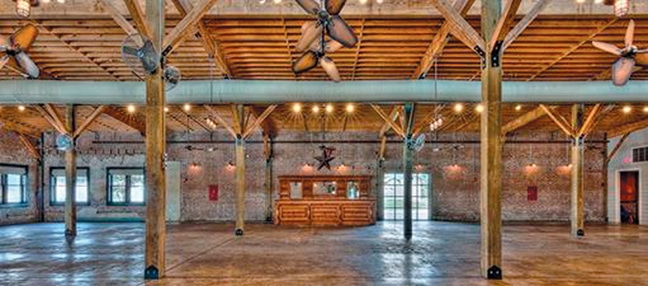
Creating residential spaces from old unused buildings encourages people to live “in town.” Restaurants, entertainment venues, and event centers created from existing buildings in historic downtown locations prompt people to support these establishments and bring new vitality to the original commercial district.
Re-purposing old buildings increases a city’s “walkability,” offering downtown dwellers, workers, and visitors convenient dining, shopping and errand options.
Once a building has been restored and successfully adapted, it sparks creativity for more adaptive reuse projects. Rehabilitating blighted properties can also lower crime rates.
Overall, adaptive reuse of a town’s historic buildings improves the quality of life for its citizens.
Adaptive reuse benefits a community on an emotional level, as well. Nostalgia adds another layer to the collective experience of a city. Richard says he often meets people who tell him they used to work at the Calcasieu Marine Bank. “You can tell how much they love the building,” he says.
According to Cormier, adaptively reused buildings are important to a community, because, without them, there are no memory aides to history.
“These buildings are a visual testament to our past,” Cormier says. “They provide a sense of place, a sense of shared heritage and pride. Buildings and architecture help tell the story of why a place is important.”




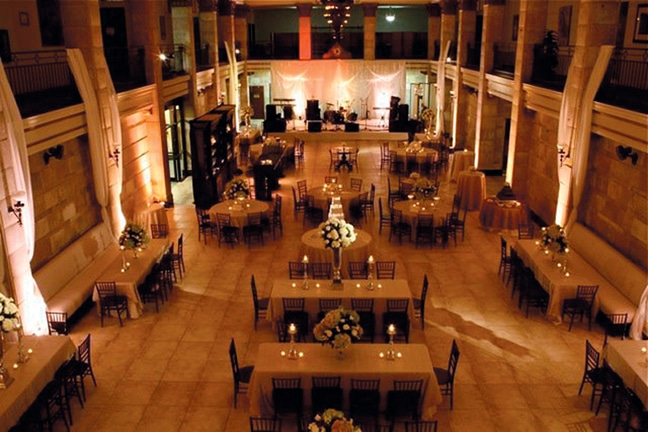

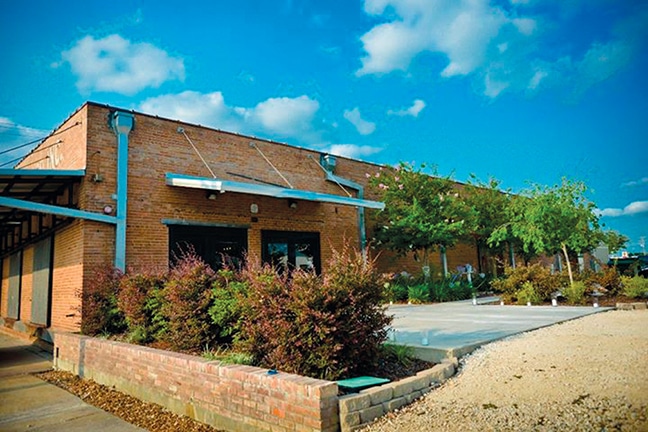
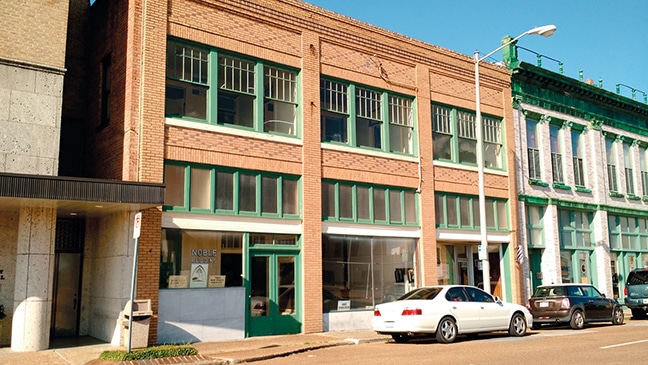
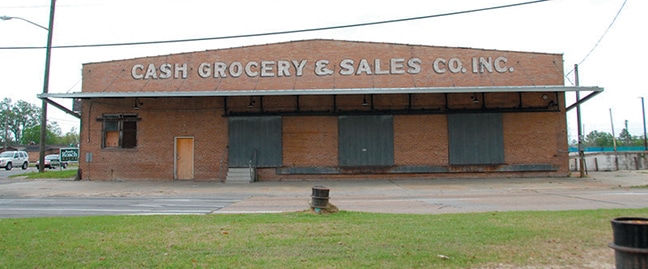













Comments are closed.